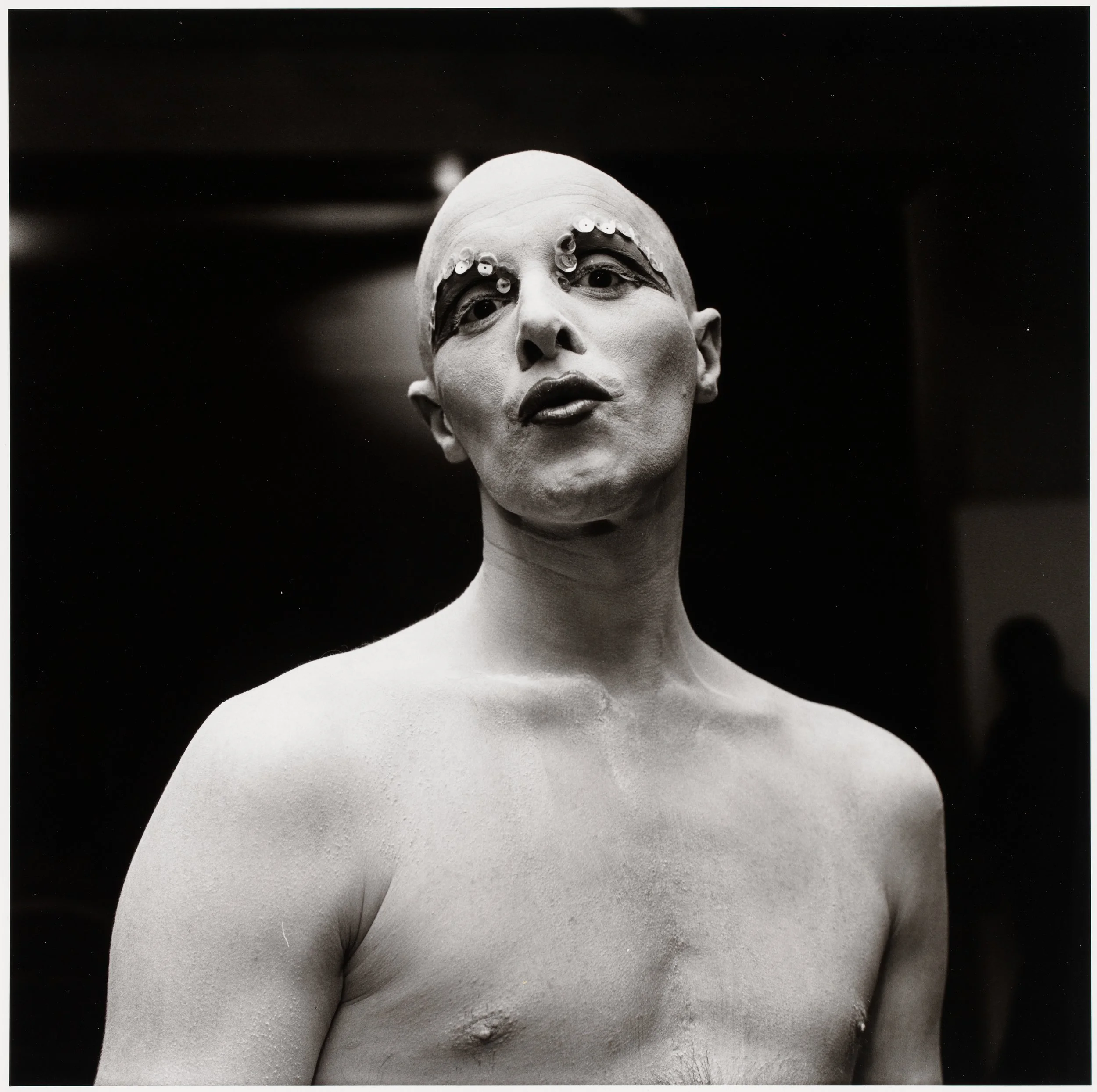Things Well Worth Waiting For | Kwame Brathwaite
Kwame Brathwaite. Changing Times, about 1973, printed 2021. The Kwame Brathwaite Archive and Philip Martin Gallery. © The Kwame Brathwaite Archive
Written by Max Wiener
It was music that drew Kwame Brathwaite to the camera. There was no sentinel photographer whose muse and prose inspired him to drop all his doings and pick up a camera. Instead, Brathwaite’s story is that of a true artist. The music scene - the dark, smoky jazz nightclubs - drew his attention towards photography, and a mere spectator of his work could argue that the world is better because of it. Since music inspired his photographic renaissance, he aimed to capture Black musicians freely expressing themselves as no other photographer would. At the Art Institute of Chicago, his new series, Things Well Worth Waiting For, is perhaps the world-renowned Brathwaite’s most aptly-named series. We rarely see such titans of Black music on such a grand display; they are presented as divine deities. Viewers have had the chance to view the stunning pantheon of work since February 25, and the series is nearing its closing date of July 24.
Kwame Brathwaite. Untitled (Stevie Wonder Headlines Human Kindness Day at the National Mall, Washington, DC), 1975. The Kwame Brathwaite Archive and Philip Martin Gallery. © The Kwame Brathwaite Archive
As you gaze through the frames of Brathwaite’s photography, it is hard not to smile. He presents his subjects with a happy flair and youthful energy, almost inviting you to join the celebration with them. Perhaps this is a true testament to his uncanny ability to invisibly place himself within the piece, recording the world around him without any aspects of his scene staged. Take his now iconic image of Stevie Wonder, the prodigious face of the entire series. Donning his signature mid-song look, we can - through Brathwaite - see the joy and splendor in his world and almost hear the opening hits of “Higher Ground” seeping through the photograph. We also see such a bright and colorful atmosphere, as if he captured the Summer season in a still shot. Such a photo shows the unmatched capability of Brathwaite’s vision to show the world from its best possible angle and highlights the true mastery of his God-like subject.
Kwame Brathwaite. Untitled (Hands in the Shape of a Unity Symbol), about 1971, printed 2021. The Kwame Brathwaite Archive and Philip Martin Gallery. © The Kwame Brathwaite Archive
Because of Brathwaite’s profound mastery of the camera, he can capture the tremendous depth and intimacy with his lens, seen ideally in one of his most intense images, “Untitled (Hands in the Shape of a Unity Symbol.” He highlights the books and crannies of each arm, hand, and knuckle, and he shows years of fighting and protest with a single light shift. There is a pain in those fingers. There is a story and a vivid articulation of the Black American experience. Only a photographer with a shared struggle can capture this private (and public) struggle so brilliantly; even though this image, he lets us into his world and invites us to educate ourselves. If there is one thing Brathwaite can do with his camera, it teaches us about worlds that many of us will never visit. We should all thank him for that.







